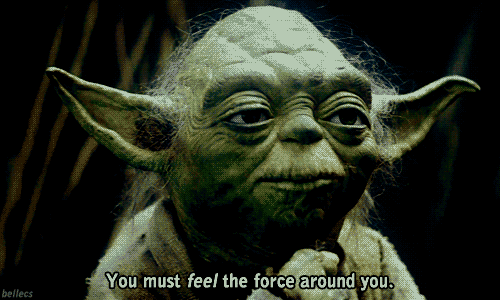Abandoning Hacks: How Real Content Planning Happens with Jay Acunzo
For 20 years, content marketers and marketing professionals have focused on one thing: going faster. With every new emerging technology, social media channel, smartphone and device that hits the market, we have new opportunities to gain (or lose) the attention of our target customers.
Many are coming to realize that the hacks, tricks, and shortcuts we so often lean on to keep up with change can often backfire when it comes to actually engaging our target audience. Rushing content in order to keep up with technology can result in losing an audience and making channel-specific mistakes.
Furthermore, being in a state of constant chaos ends up running your content creators ragged.
Taking the time to slow down, plan thoughtfully around a target audience and create engaging content is more crucial than ever to long-term success in content planning.
But in a world where 64% of marketers report that coming up with a comprehensive content marketing strategy is a top challenge, how do we actually plan for a future that’s constantly slipping through our fingers?
We recently interviewed Jay Acunzo, host of Unthinkable Podcast to discuss how practitioners in content today can abandon hacks, and plan for more purposeful content. Here’s a slice of what he had to say.
So What’s a Hack Anyway?
In our discussion, I asked Jay why using hacks and shortcuts posed such a threat to quality content, and successful planning. At face value, hacks seem like a great idea. They help us solve problems faster, right? Considering the fact that the majority of marketers today are striving to create more content, for more audiences, across more channels – why wouldn’t we be using every hack, trick, or industry secret at our disposal?
Because according to Jay, the very definition of a hack reveals the negative impact they can have on content quality:
“A hack is using a system in a way it wasn’t designed to be used. Which, there’s nothing inherently wrong with.

… but marketers have started to think about hacks as code for ‘not putting in the work’, which is dangerous because it does two things. First, it prevents you from aspiring to do anything greater than what’s been done before and second, it removes you, the creator, from the process.
It removes what you can bring to the table, and prevents you from doing anything different, or exciting because it follows a system that somebody else has prescribed to inherently save you time or money through replication.”
In an age where artificial intelligence, algorithms, and technology are automating more aspects of our communication than ever before, removing personality, creativity and uniqueness from content is the opposite of what we should be doing.
Hacks are the byproduct of automation. They promise to make our content planning and marketing easier, but mostly they have us replicating what others have already created. In and of themselves, hacks aren’t bad. It’s just that when we use someone else’s hack, we’re less likely to be creating personalized content for our target audience.
In an age where getting in front of customers with content is harder than ever, taking your personality, unique value, brand’s perspective, or flavor out of your content is the opposite of what you should be doing.
Noise Isn’t The Problem, Sameness Is
In content planning, we like to talk about how noisy our digital lives are. We bemoan the fact that reaching customers is harder every single day. Ad blockers, memes, SEO, HBO; there’s just too much stuff distracting our customers, right? Well, kind of. In our conversation, Jay made a powerful point; noise isn’t your problem.
Sameness is your problem. I’ll let Jay take it from here:
“Marketers today obsess over the idea of a noisy world, but noise is not your problem. Sameness is. If 100 people were in a big hall all playing pianos, and I walked in and started playing the trumpet, you would still hear me over all the pianos. I would be attention-worthy because I am just different than everybody else.

… so, now coming back to this idea of the information age, where the dark side is advice overload. Rather than clinging to everybody else’s advice, which by definition makes you a part of the average (i.e. a piano player), if you just thought for yourself and used your own intuition, you would be different than everybody else (i.e. a trumpet player).”
Seth Godin likewise accurately prescribed this advice in his book, “Purple Cow: Transform Your Business By Being Remarkable.”
So how does this all apply to content planning and strategy? Take a hard look at your competitors, what’s currently being published online, and even popular media – and be the zig to their zag. Even in the smallest fashion, differentiation will help you break through the noise.
It All Starts With The Green Smoothie Paradox
Yeah you read that right. Your first and most pressing barrier to sound content planning is what Jay calls the, “Green Smoothie Paradox.” Meaning, we put ready-blended ideas in front of decision makers without walking them through the process of how we arrived at our brilliant idea, blog post, video, campaign, whatever.
As passionate content creators, we likely perform deep research. We know our audience loves mango, kiwi, and the sweet smooth texture of a cold drink on a hot summer day. And maybe we also know they are looking to shave a few pounds off over the summer, or stay fit. So, we throw some kale and broccoli in the mix and poof! We have the audience-centric, delicious, cold, healthy green smoothie.
What often happens next is we excitedly run to our boss, team, or client for approval and slap the smoothie down in front of them yelling and screaming all the while, “ISN’T THIS AMAZING!”
But what does your boss, team, or client see?

On the other side of the conference table they’re thinking, “dude… that’s looks gross.”
And in that moment, you’ve lost your opportunity.
Before any of us can plan or create a single piece of content, we must convince internal decision makers, clients, or the rest of our team that our approach is sound. We have to demonstrate that the content we’re going to create will engage customers in some sort of meaningful dialogue with our organizations.
For many of us, we also need to convince them that our content will convert readers, viewers, or prospects into customers.
Being the artful, creative, passionate professionals we are, we excitedly jump to the end deliverable far too fast. In art, the value of the end deliverable – be it a painting, novel, or film – is self-evident. In business, it’s anything but.
So instead of giving them the Green Smoothie, ask your decision makers or team to join you on your creation journey. How did you arrive at the Green Smoothie? What insights, ingredients, unique perspectives have you leveraged to get where you’re at? Lay everything out on the table, make the case with your process, and use data to back up your perspective.
Second, make your decision maker a collaborator. What do they know about the audience that would make your Green Smoothie that much better? What can they contribute that would get them invested and interested in seeing the Green Smoothie succeed?
Do that, and you’ll be cooking with kale in no time.
Should You Look To Gurus, Thought Leaders & Case Studies for Planning Ideas?
Ironic, isn’t it? What you’re reading is a post featuring a thought leader and in the very same post we’re questioning whether you should even listen to thought leaders at all. Stick with me.
With the pace of change in content marketing, social media, and digital advertising, there are plenty of marketers left scratching their heads about what to do next.
It’s no surprise then that our industry is filled with thought leaders, gurus, conferences, surveys, and case studies galore. While much of the advice on hand is solid, when taken at face value it can negatively impact a team’s content planning. As Jay likes to say, “The problem with the information age is advice overload.”

Advice, studies, and all that jazz are great. But, at some point you need to throw it out the window and use your own context, your own problems, and your own customers as your frame of reference. Is the company in the case study exactly like yours? No, not even close. Does that thought leader know your customers? Probably not.
So, sure. Go ahead and find inspiration and a tactical footing in case studies, thought leaders, or gurus, but don’t follow advice blindly. Nothing can replace your intuition, your knowledge of your customer base, and your unique talent.
Looking for content planning templates and workflows? Check out our Templatize Your Content Marketing series.


